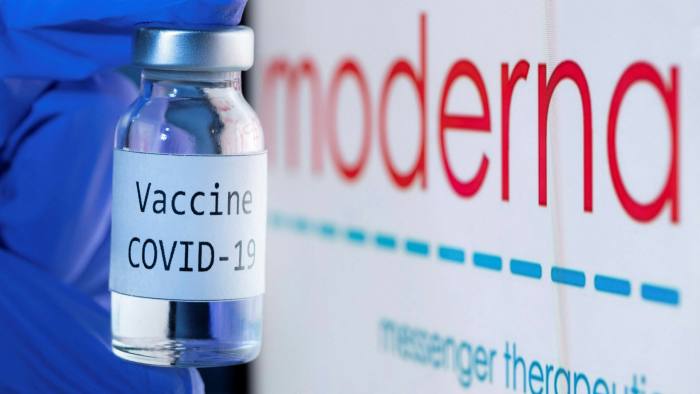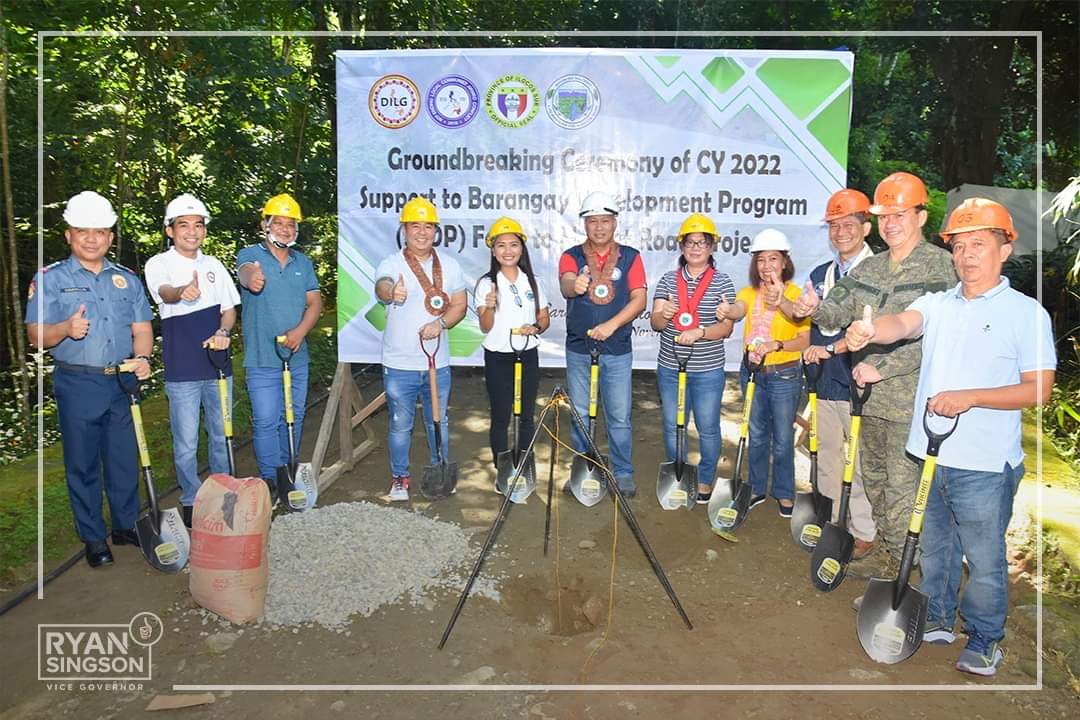A second coronavirus vaccine received emergency authorization Friday, an unprecedented scientific feat that gives the United States two powerful tools to fight a pandemic that emerged almost exactly a year ago, sparked by a few cases of mysterious pneumonia that exploded into the biggest global public health crisis in a century.
The Food and Drug Administration’s decision to clear the vaccine, developed by Massachusetts biotechnology company Moderna in partnership with the National Institute of Allergy and Infectious Diseases, arrives at the end of a historic week in medicine — as health-care workers began receiving inoculations of the first coronavirus vaccine, developed by Pfizer and BioNTech, which was cleared by the agency Dec. 12.
The first shots in a national mass vaccination campaign this week delivered great hope but also exposed the distribution and supply challenges that will now move to the forefront, as companies, the federal government and states attempt to work in concert to maintain ambitious timelines. Two health-care workers in the United Kingdom had treatable allergic reactions after being vaccinated with the Pfizer-BioNTech shot a little over a week ago. In the United States, the FDA said Friday night, the agency is investigating “about five” reports of allergic reactions. The cases highlight the challenges that could lie ahead as public health experts work to build trust in the vaccines.
“To get another very important vaccine into play is just, yet again, another step toward what the ultimate goal is: to get enough people vaccinated so you could essentially end the epidemic as we know it in this country,” Anthony S. Fauci, director of the National Institute of Allergy and Infectious Diseases, said. “I believe that’s possible.”
The authorization of a second vaccine — which came as the death toll from the virus in the United States surpassed 312,000 — will have an immediate practical impact that may begin to ease some of the logistical challenges, doubling to roughly 20 million the number of people government officials say they can vaccinate with a first shot before the end of the year. It will free the country from the precarious position of being reliant on a single manufacturer as production ramps up of a type of vaccine that has never been made on a massive scale. And it adds a vaccine that can be stored in a regular freezer, making it easier to distribute to large swaths of the country, in contrast to the specialized ultracold freezers and dry ice coolers needed for the Pfizer-BioNTech vaccine.
The successes also represent a decisive moment in scientific history. Scientists took a novel technology and leveled it against a new virus, developing and deploying in under a year two vaccines that are 94 to 95 percent effective in clinical trials, rivaling some of the most effective vaccines in the world’s medicine cabinet.“It’s astonishing. Not in our wildest dreams would we imagine the results that we received,” said Lisa A. Jackson, a senior investigator at Kaiser Permanente Washington Health Research Institute who has worked on more than 60 vaccine trials. In mid-March, she launched what could be the most consequential one — a small safety test of the Moderna vaccine in 45 healthy, young volunteers. “To have two such vaccines — it’s just amazing.”In a media call Friday night, FDA officials called the authorization of a second vaccine a milestone and said they are looking into reports of allergic reactions related to the Pfizer-BioNTech vaccine. Peter Marks, director of the FDA’s Center for Biologics Evaluation and Research, which regulates vaccines, said the FDA and the Centers for Disease Control and Prevention have met daily to evaluate the reports, including a case in Alaska in which a woman was hospitalized.
He said scientists don’t know what might be causing the reactions but speculated a possible “culprit” could be polyethylene glycol, a component in both the Pfizer-BioNTech and Moderna vaccines. The substance is commonly used in pharmaceutical preparations, and scientists are wondering if more people react to it than was thought.The FDA, in its patient information sheets, says individuals who know they are allergic to any components in the authorized vaccines should not receive the shots. The government requires that medical supplies to treat severe allergic reactions be available wherever vaccines are being administered.
The development of the vaccines is a testament to a single-minded focus by private industry and the government, which built on decades of basic research to accomplish an urgent goal. Tens of thousands of volunteers agreed to roll up their sleeves in hopes they could play a small part in bringing the world back to normal. One of those volunteers was Jennifer Haller, 44, of Seattle, who was the first person to receive the Moderna vaccine March 16 — at a time when it remained unclear what trajectory the pandemic would take.
“This was a way that I could contribute,” Haller said. “I have a lot of stability in my life — I have a full-time job, friends and family nearby. I wanted to take a risk like this when so many others can’t. They have so many more pressing, immediate needs that they need to take care of.”The first doses of the Moderna vaccine, which is authorized for people 18 and older, will probably ship this weekend, with nearly 6 million expected to be distributed during the first week to health-care workers and nursing home residents. An additional 2 million doses of the Pfizer-BioNTech vaccine are expected to be shipped. The clearance of both vaccines marks a transition from an uncertain scientific quest to a massive logistics enterprise — one that already experienced missteps this week as several trays of the Pfizer-BioNTech vaccine shipped to Alabama and California got too cold, and had to be returned, and states questioned why their shipments for next week had been slashed.In that way, the Moderna vaccine offers a clear advantage. While the Pfizer-BioNTech vaccine must be kept at ultracold temperatures in specialized freezers or carefully maintained dry ice containers, the Moderna vaccine can be stored at regular freezer temperatures long-term and at refrigerator temperatures for up to a month. That will expand the settings where it can be used to rural areas, pharmacies or medical offices that lack specialized equipment.
“Moderna is much easier in terms of transportation; it has a more forgiving cold chain. It doesn’t have to be kept as cold,” Amesh Adalja, senior scholar at the Johns Hopkins Center for Health Security, said.
At an FDA advisory committee meeting Thursday on the Moderna vaccine, Gwen Schell, a nurse from Panhandle Health District’s home health care in Idaho, said the shots are desperately needed in rural areas. “We have very limited nursing staff in this part of the United States,” Schell said. “We have seen an uptick in people being sent home from the hospital who are not meant to be home.”








